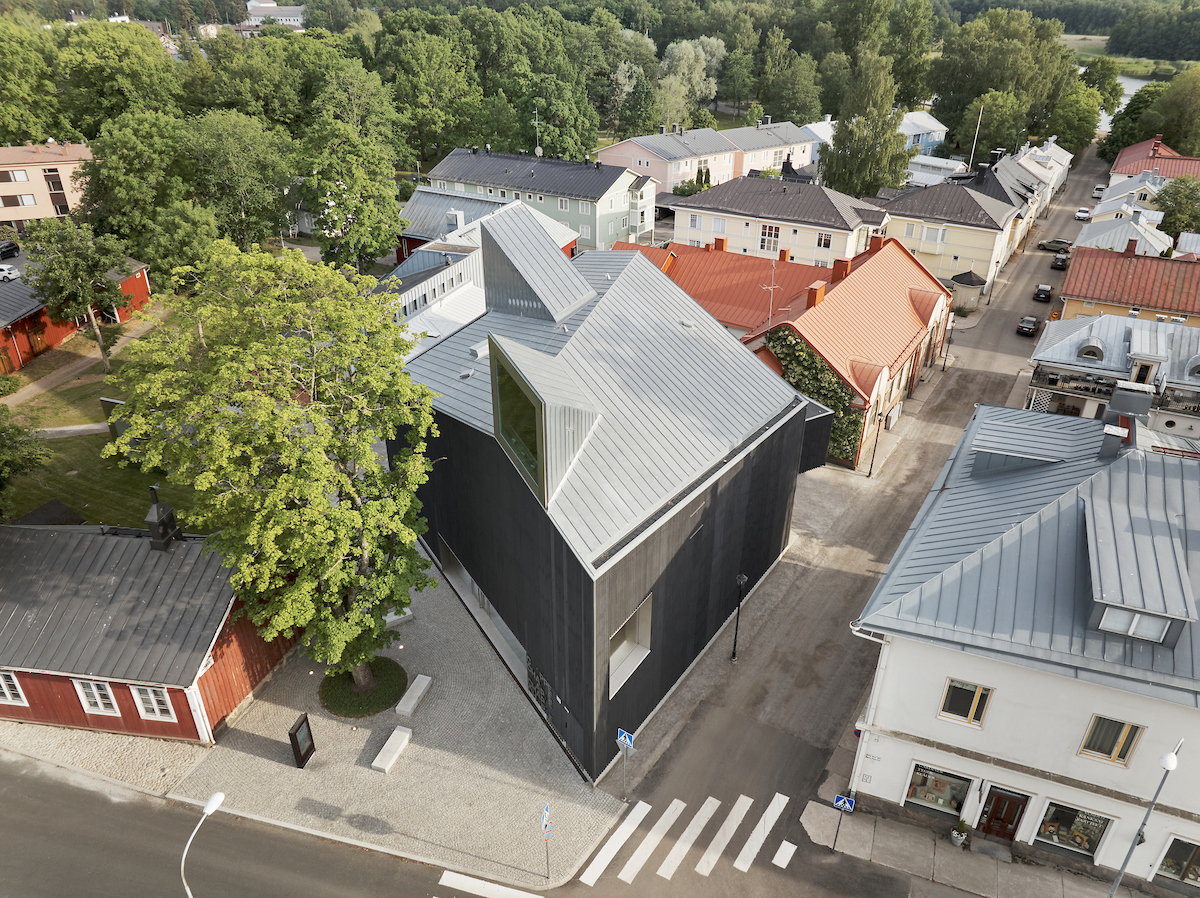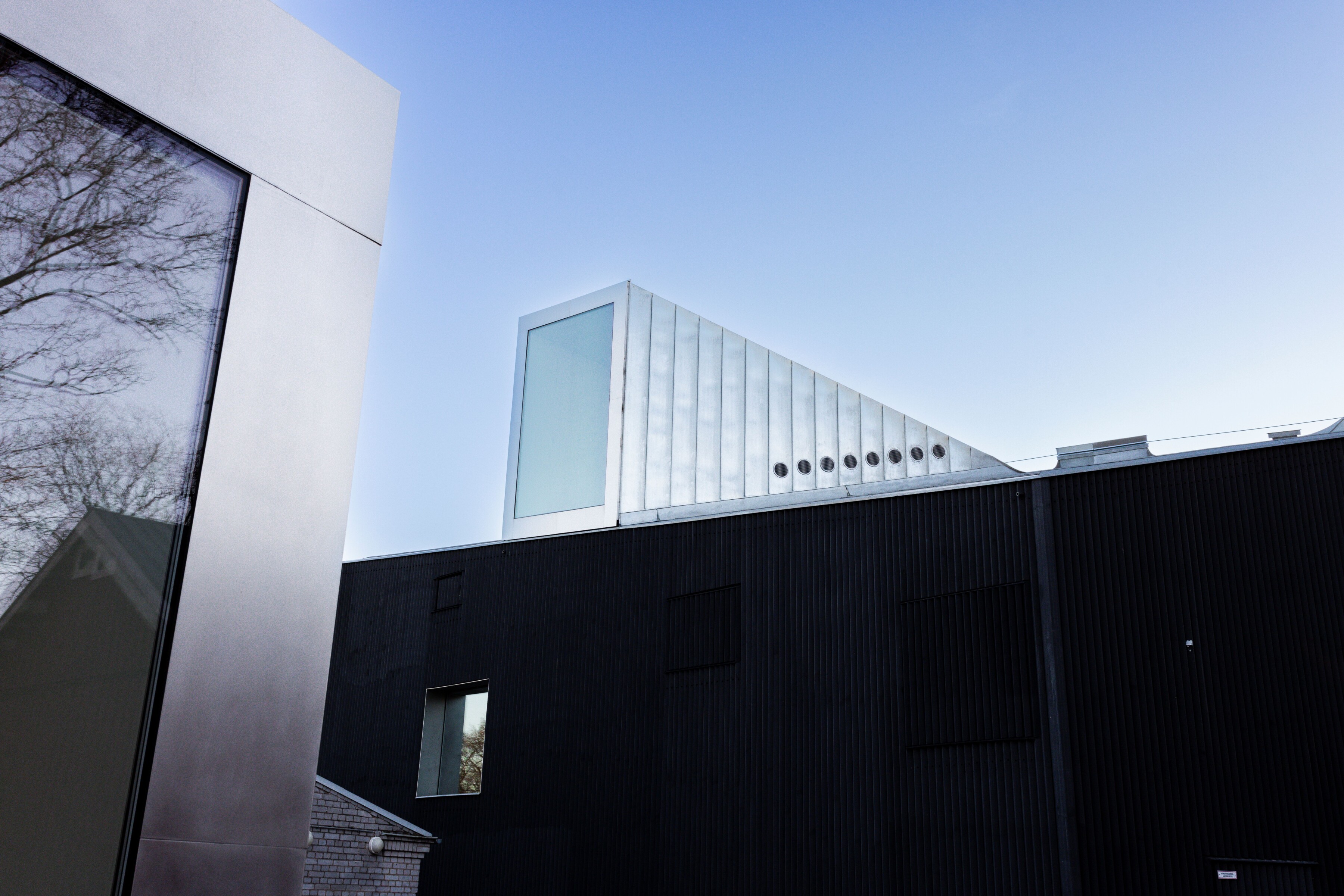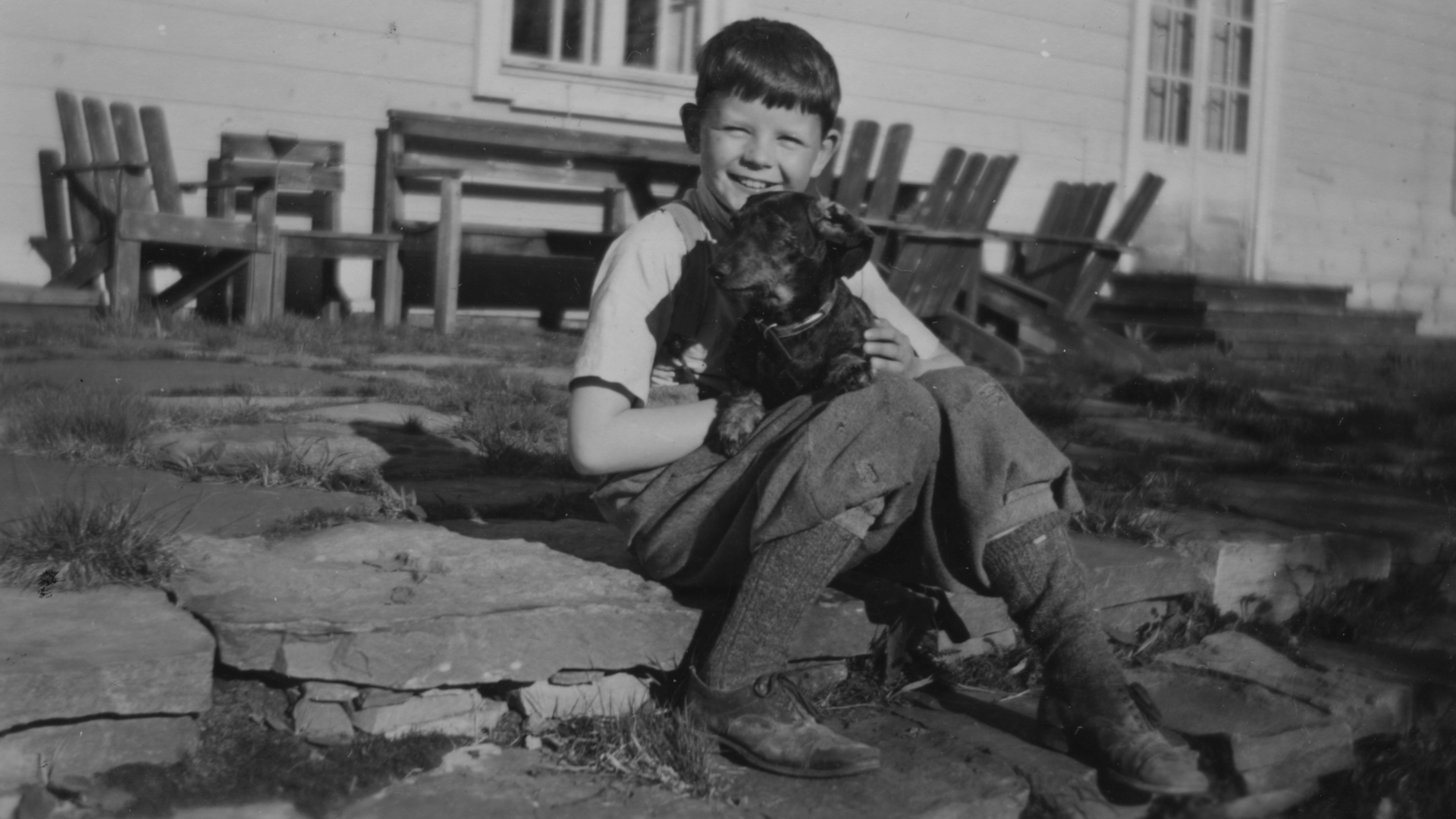
Albert de la Chapelle
Albert de la Chapelle was born in 1933 at Eira hospital in Helsinki. He was the third son of Baron René and Stina (née Serlachius) de la Chapelle and grew up on the Lindö estate in Tenhola, Western Uusimaa. Albert started school in Lindö elementary school. During the war, schooling was at times taken care of by a governess. In 1943, Albert moved to Helsinki and started going to “Lärkan”, which is the nickname for the Swedish-speaking school Nya Svenska Läroverket. Albert passed his matriculation examination with the excellent grade laudatur for all subjects and started his medical studies in the same year at the University of Helsinki. After completing his Licentiate of Medicine degree in 1957, Albert began clinical work at the Internal Medicine Clinic IV of the University of Helsinki. He continued, alongside his researcher’s career, working there as clinician within internal medicine until the year 1966.
Albert was one of the founders of the Medical Research Institute Minerva, where he started as a junior researcher, focusing on human genetics. At the time, the field was new and largely unresearched. Albert became the first doctoral researcher of the Institute. In 1961, Albert and Correspondent Annikki Åström celebrated their wedding. Albert defended his doctoral thesis at the University of Helsinki in 1962 and was nominated as Director of the newly established Department of Genetics of Folkhälsan, a third-sector health care and social services organisation, in the same year. He led the Department until the year 2003. Albert completed the studies of a Specialist in Internal Medicine in 1965. He became interested in art and started collecting his own art collection in 1970. He had admired the first piece of the collection – silverware in Baroque style – already as a child.
In 1974, Albert became the first Professor of Medical Genetics in Finland, at the University of Helsinki. He researched molecular biology and medical genetics, focusing particularly on Finnish disease heritage.
His wife Annikki de la Chapelle died in 1983. Professor Clara D. Bloomfield became Albert de la Chapelle’s second wife. Clara led the oncological research department at the State University of New York, which was engaged in research on the genetic changes of certain leukemia types.
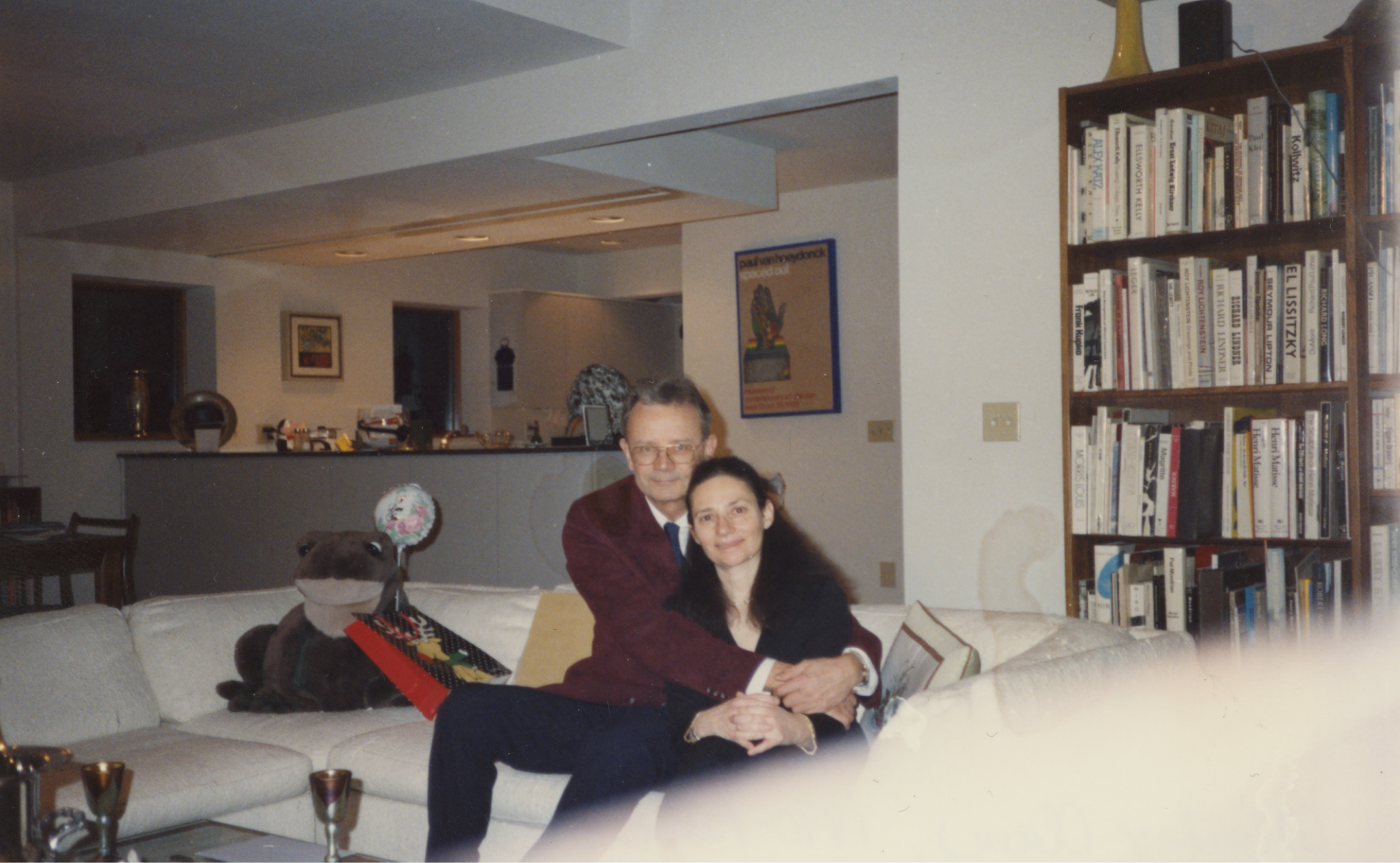
Professor Clara D. Bloomfield became Albert de la Chapelle’s second wife. Clara led the oncological research department at the State University of New York, which was engaged in research on the genetic changes of certain leukemia types.
Albert worked as Academy Professor, funded by the Academy of Finland, in the years 1985–1995. His research group received the Centre of Excellence status within the Academy of Finland. The Matti Äyräpää Award was one of the many remarkable awards Albert received during his life. The others include membership of the Royal Swedish Science Academy, honorary doctorate of the universities of Uppsala and Oulu as well as the William Allan Award of the American Society of Human Genetics.
One of Albert’s most significant successes and breakthroughs in cancer genetics was the discovery of the molecular genetic mechanism of Lynch syndrome in 1993, achieved in co-operation with American researchers. The syndrome is hereditary and increases the risk of colon cancer.
Albert resigned his post as the Professor of Human Genetics in 1997. Instead of retiring, the accepted the professorship of cancer and molecular genetics at the Ohio State University, Columbus, in the United States. He became the key person in the development of the university’s cancer genetics programme. Albert and Clara bought a property in Delaware County, outside Columbus, and renovated it extensively. The house became the last home they shared.
In 2005, Albert founded the Albert de la Chapelle Foundation in association with the Swedish Literature Society (SLS) in Finland. The funds of the Foundation were used to buy artworks that later would form the Albert de la Chapelle Art Collection. The Albert de la Chapelle Art Foundation was founded in 2017. The primary goal of the Foundation is to build an art museum in Ekenäs. In the same year, the Art Foundation declared “Project Albert”, an invitational competition to design and build an art museum in Raseborg. The winning entry, “KRONAN” by JKMM Architects, was chosen by the jury unanimously. It was also the favourite of Albert and Clara.
Albert’s wife Clara died at hospital on 1 March 2020 after being severely injured at their home in Ohio. Weakened by grief and Parkinson’s disease, Albert travelled to Finland in October, after delays caused by the Covid-19 restrictions, to attend the burial of his wife’s urn. His intention was to return to Ohio and, afterwards, to settle permanently in Finland to monitor the construction of the art museum. However, Albert was suddenly taken ill with high fever in December and passed away in the same night, 10 December 2020 at Eira hospital, Helsinki.
Extracts from the timeline Milestones in the life of Albert de la Chapelle.
Amazing and magical! A tale of the birth of Chappe.
April 16th– September 3rd 2023, Chappe – Art house by the sea
The timeline has been put together and edited by Pia Hovi, Anne Oker-Blom and Marianne Zilliacus.
You can download a pdf-version of the timeline here.
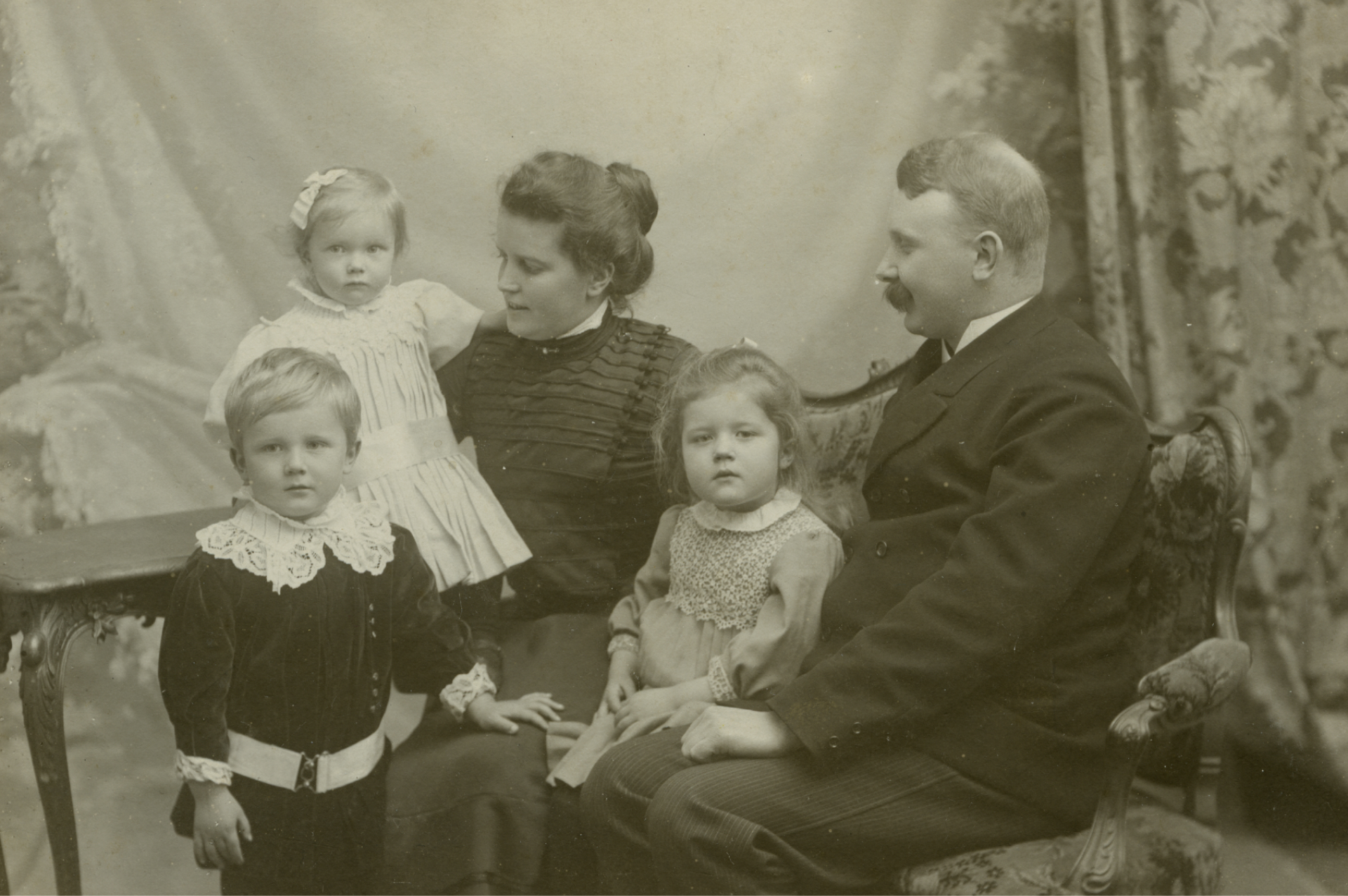
See the video about Albert de la Chapelle
Chappe – Architecture
The Chappe building settles into the beautiful city environment of Ekenäs. It is part of the cultural quarter of the town, together with the Raseborg Museum and Gallery Elverket of the Pro Artibus Foundation. The starting point for the architecture of Chappe is a traditional two-storey town house with a pitched roof. With its modern design, it adds a contemporary stratum to the cultural quarter located on the outer edge of the old town of Ekenäs. Historical buildings with architectural value as well as the museum garden are integral elements of the quarter.
Chappe was designed by JKMM Architects. The architecture firm won the competition arranged in 2019 with its design called Kronan. A local company K. Jousmaa Oy is responsible for the construction of the building. Chappe is, in a practical manner, partly made from concrete and partly from wood. Its dark façade of robust square-sawn spruce connects the new house to the old wooden buildings of the quarter. Roomy spaces that can be modified to suit different exhibitions are located on three levels. The high-ceilinged main exhibition space is on the top floor. On ground level, the entrance hall and the Albert room open invitingly to the street and courtyard. The underground gallery connects the art museum to the Raseborg Museum.
JKMM Architects is firm specialised in integrated design practice of architecture, interior architecture, urban design, furniture design, graphic design and art. JKMM is known in Finland and abroad for public buildings and spaces as well as high-quality and timeless design solutions.
